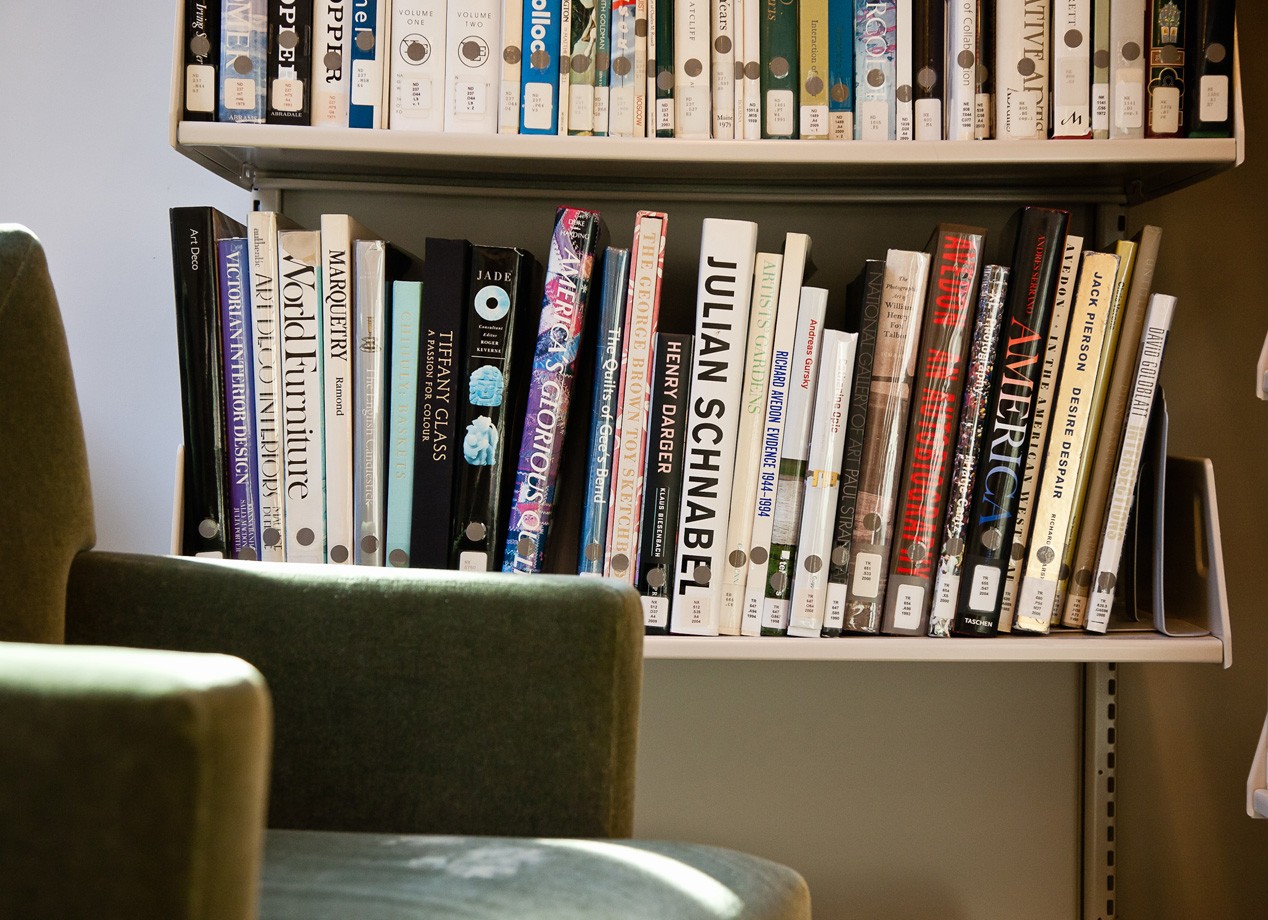Hand-picked as current favorites by Sotheby’s Institute faculty, here are ten books to round out your summer reading list, from art dealers to the context of color, and art writing to the urgent issues of our time.
Writing About Art
Barnet, Sylvan. A Short Guide to Writing About Art. 10th Ed. Upper Saddle River, NJ: Pearson/Prentice Hall, 2011.
Sylvan Barnet’s A Short Guide to Writing About Art guides students through every aspect of writing about art. Students are shown how to analyze pictures (drawings, paintings, photographs), sculptures and architecture, and are prepared with the tools they need to present their ideas through effective writing.
Art History
Behrman, S.N. Duveen: The Story of the Most Spectacular Art Dealer of All Time. New York: The Little Bookroom, 2003.
A startling number of masterpieces now in American museums are there because of the shrewdness of one man, Joseph Duveen, art dealer to John D. Rockefeller, Andrew Mellon, Henry Clay Frick, and William Randolph Hearst. In a series of articles originally published in The New Yorker, playwright S.N. Behrman evokes the larger-than-life Duveen and reveals the wheeling and dealing, subterfuge, and spirited drama behind the sale of nearly but not quite priceless Rembrandts, Vermeers, Turners, and Bellinis.
Brielmaier, Isolde. Culture as Catalyst. Saratoga Springs: The Frances Young Tang Teaching Museum at Skidmore College, 2020.
Culture as Catalyst is a collection of dialogues and new writings by artists, scholars, activists, and influential thinkers on urgent issues of our time. This critical publication accompanies the 2017–2019 Accelerator Series of public conversations held at the Tang Teaching Museum at Skidmore College, convened by then Tang Curator-at-Large Isolde Brielmaier. Topics include whiteness, migration, mass incarceration, feminism, monuments, citizenship, cultural appropriation, forgiveness, and food justice.
DeSalle, Robert. A Natural History of Color: The Science Behind What We See and How We See It. New York: Pegasus Books, 2020.
Finding color in stars and light, examining the system of classification that determines survival through natural selection, studying the arrival of color in our universe and as a fulcrum for philosophy, DeSalle’s brilliant A Natural History of Color establishes that an understanding of color on many different levels is at the heart of learning about nature, neurobiology, individualism, even a philosophy of existence. Color and a fine tuned understanding of it is vital to understanding ourselves and our consciousness.
deSouza, Allan. How Art Can Be Thought: A Handbook for Change. Durham: Duke University Press, 2018.
What terms do we use to describe and evaluate art, and how do we judge if art is good, and if it is for the social good? In How Art Can Be Thought Allan deSouza investigates such questions and the popular terminology through which art is discussed, valued, and taught. Adapting art viewing to contemporary demands within a rapidly changing world, deSouza outlines how art functions as politicized culture within a global industry.
Murell, Denise. Posing Modernity: The Black Model from Manet and Matisse to Today. New Haven: Yale University Press, 2018.
An ambitious and revelatory investigation of the black female figure in modern art, tracing the legacy of Manet through to contemporary art. Featuring over 175 illustrations and profiles of several models, Posing Modernity illuminates long-obscured figures and proposes that a history of modernism cannot be complete until it examines the vital role of the black female muse within it.
The Art Market
Adam, Georgina. Big Bucks: The Explosion of the Art Market in the 21st Century. Farnham: Lund Humphries, 2014.
This highly readable and timely book explores the transformation of the modern and contemporary art market in the 21st century from a niche trade to a globalised operation worth an estimated $50 billion a year. Drawing on her personal experience, the author describes in fascinating detail the contributions made by a range of actors and institutions to these recent developments.
Adam, Georgina. Dark side of the Boom: the excesses of the Art market in the 21st century. Farnham: Lund Humphries, 2018.
This book scrutinizes the excesses and extravagances that the 21st-century explosion of the contemporary art market brought in its wake. The buying of art as an investment, temptations to forgery and fraud, tax evasion, money laundering and pressure to produce more and more art all form part of this story, as do the upheavals in auction houses and the impact of the enhanced use of financial instruments on art transactions.
Findlay, Michael. The Value of Art: Money, Power, Beauty. Munich: Prestel, 2012.
In straightforward prose that doesn't mystify art or deny its special allure, prominent art dealer and market expert Michael Findlay offers an up-close and personal view of almost a half-century in the business of art. He engagingly explains art's three kinds of value: commercial; social; and what he terms its essential value - the range of responses to art that we as individuals have depending on our culture, education, and life experience.
Horowitz, Noah. Art of the Deal: Contemporary Art in a Global Financial Market. Princeton: Princeton University Press, 2011.
In Art of the Deal, Noah Horowitz exposes the inner workings of the contemporary art market, explaining how this unique economy came to be, how it works, and where it's headed. In a new postscript, Horowitz reflects on the evolution of the trade since the book's original release in 2011, shining light on the market's continued ascent as well as its most urgent challenges.
